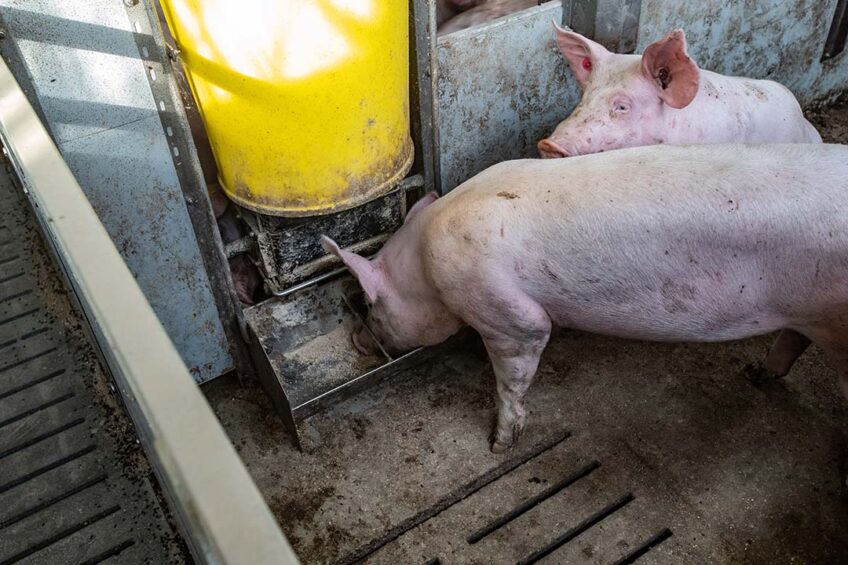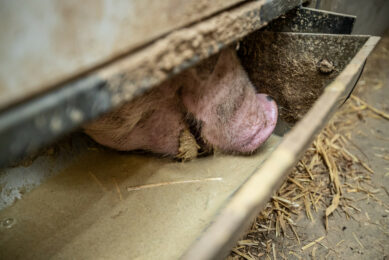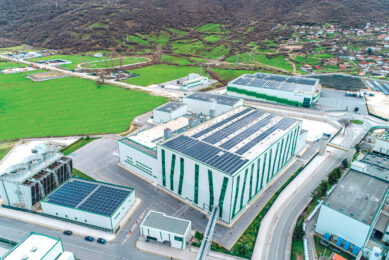Sustainability reporting: Feed companies do their part

Reporting on sustainability in the livestock production chain will be high on the agenda for 2024, writes pig nutrition expert Dr Francesc Molist of Schothorst Feed Research.
In the fiscal year of 2024 large EU companies, among them pig producers, need to publish annual reports on the social and environmental risks they face. They also need ro report on how their activities impact people and environment. This means that sustainability will be an important topic for companies working in the animal production chain.
Guidelines on reporting
In order to fulfil these EU requirements, companies need to agree on how they will report on these themes. The European Feed Association (FEFAC) published guidelines to calculate the environmental impact of raw feed materials and compound feed. The EU also introduced guidelines on how to calculate the environmental impact of animal diets and targets to reduce CO2 by 55% in 2030 compared to the reference year of 1990 in each country.
Dashboard for sustainable feed in the Netherlands
Between 60 to 70% of the environmental impact of the food production chain is coming from feed. For this reason, the Dutch Feed Association (Nevedi) has developed an instrument to calculate the environmental impact of farming (from Feed to Fork) in the Netherlands.
4 important themes
In collaboration with the Dutch government, NGOs and farmers associations, they developed a dashboard for sustainable feed. As an example, they have defined 4 important themes to focus on the coming years:
climate mitigation;
biodiversity conservation;
improving circularity;
utilisation of regional resources.
To achieve these goals, they have defined the key performance indicators (KPIs) that the feed companies will need to report. Some of the KPIs that will concern the feed sector are:
kg CO2 equivalents per ton of product;
nitrogen and phosphorus efficiencies;
% residues by-products in the diets;
% of raw materials sourced from Europe.
Same information
In the coming years, the different players in the production chain will define the goals for each of the KPIs. To achieve these goals and to report the KPIs in a consistent manner, all feed industry players will work with the same information to ensure that the results that are reported are representative for the whole sector and have been objectively calculated.











